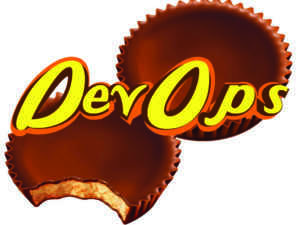
Although eliminating that wall of confusion seems to drive DevOps evangelism, DevOps ultimately is not simply the IT equivalent of a Reese’s Peanut Butter Cup. If it were, it wouldn’t be a movement, as so many have described it to be. It would be a turnkey solution.
You can’t even make an SAT analogy like, “Peanut butter is to Dev as chocolate is to Ops,” because that’s too reductive. Some people see DevOps as being primarily about developers, shunting aside the operations folks, while others see it more as an operations-based initiative.
“It’s difficult to nail down exactly what DevOps is because it is a movement, and it’s a challenge for a movement to grow,” Puppet Labs CEO Luke Kanies told me. “That vagueness is part of its growth because it means everybody can say what it means to them.”
So how do you approach DevOps, and how will it impact your organization going forward? In my next several posts, I will get thoughts from Luke and some others familiar with DevOps concepts to tease this out.








